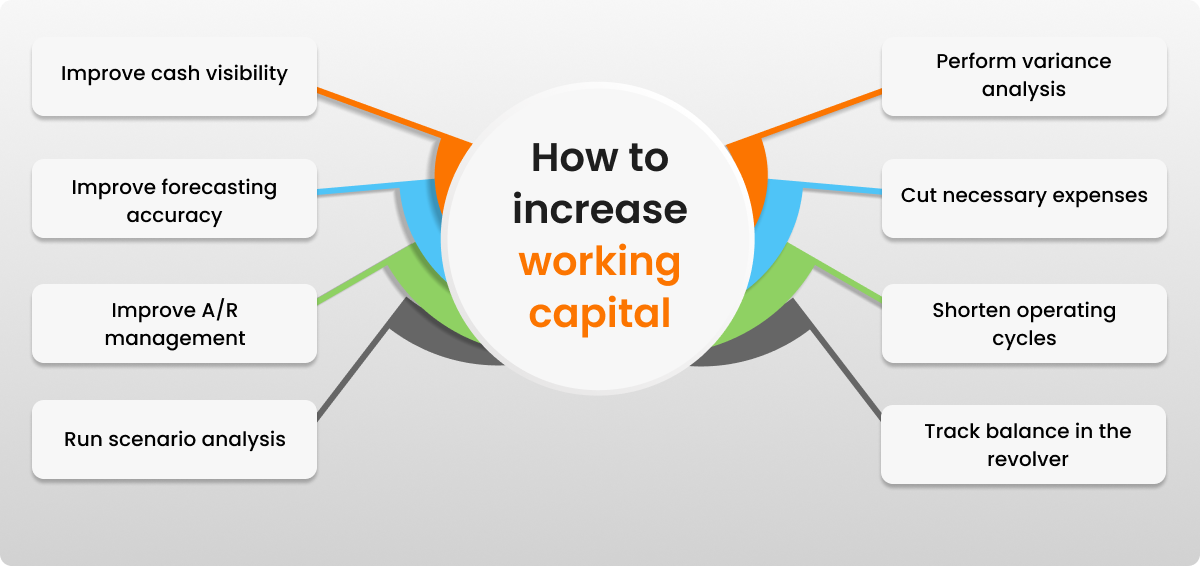Profitability means little without liquidity. Many businesses appear successful on paper yet struggle daily with cash flow shortages — unable to pay suppliers, meet payroll, or fund new opportunities.
That’s where working capital optimization comes in.
At Aptpotion, we believe that strong working capital management is the true foundation of financial stability and sustainable growth.
This article explains what working capital is, why it matters, and how Nigerian businesses can optimize it to unlock growth potential.
- What Is Working Capital?
Working capital measures a company’s ability to meet its short-term obligations using its short-term assets.
The basic formula is simple:
Working Capital = Current Assets – Current Liabilities
A positive balance means your business can comfortably pay its bills. A negative one signals liquidity strain — a red flag for lenders and investors alike.
However, the real story lies in how efficiently your company manages this balance.
- Why Working Capital Matters
Efficient working capital management enables companies to:
-
Maintain smooth day-to-day operations.
-
Reduce reliance on short-term debt or overdrafts.
-
Improve profitability by lowering financing costs.
-
Strengthen resilience during market disruptions.
Conversely, poor working capital management leads to delayed payments, supplier tension, and missed growth opportunities.
- Common Warning Signs of Poor Working Capital Management
-
Rising Accounts Receivable: Customers take longer to pay, hurting cash flow.
-
Excessive Inventory: Capital is tied up in stock that moves slowly.
-
Overreliance on Short-Term Borrowing: Frequent use of overdrafts or payday loans to cover expenses.
-
Delayed Payables: Missed supplier deadlines or strained relationships.
-
Inconsistent Cash Flow Forecasting: No clear visibility on inflows and outflows.
These are indicators that liquidity is trapped inside operations — not working for you.
- How to Optimize Working Capital
Aptpotion’s advisory experience shows that small operational improvements often yield big results. Here’s how to start:
a. Tighten Receivables Collection
-
Review credit policies and payment terms.
-
Offer small discounts for early payment.
-
Use automated invoicing and reminders to reduce delays.
b. Streamline Inventory Management
-
Adopt data-driven inventory planning.
-
Eliminate obsolete stock.
-
Synchronize supply with real demand.
c. Extend Payables Strategically
-
Negotiate better terms with suppliers.
-
Consolidate purchases to increase bargaining power.
-
Avoid extending so far that it damages trust.
d. Improve Forecasting Accuracy
-
Prepare rolling cash-flow forecasts.
-
Track daily liquidity positions.
-
Integrate financial data from all departments for visibility.
- The Role of Advisory Support
Working capital optimization isn’t just accounting — it’s strategic finance.
At Aptpotion, we help clients:
-
Diagnose liquidity gaps and cycle inefficiencies.
-
Build customized working capital dashboards.
-
Implement process changes that free up cash.
-
Monitor performance through KPIs like DSO (Days Sales Outstanding) and DPO (Days Payable Outstanding).
By unlocking trapped cash, businesses often discover they can self-fund growth instead of taking on more debt.
- Real-World Impact
A recent client in the manufacturing sector faced recurring cash shortages despite steady sales.
Through Aptpotion’s review and receivables restructuring, the company reduced its collection period by 18 days, freeing up over ₦400 million in cash — enough to finance its next production cycle without new borrowing.
That’s the power of disciplined working capital management.
Conclusion
Working capital is not just an accounting line — it’s the lifeblood of your business.
By managing cash, receivables, payables, and inventory efficiently, you strengthen liquidity and improve profitability.
When properly optimized, your balance sheet becomes more resilient, your lenders more confident, and your business more sustainable.

